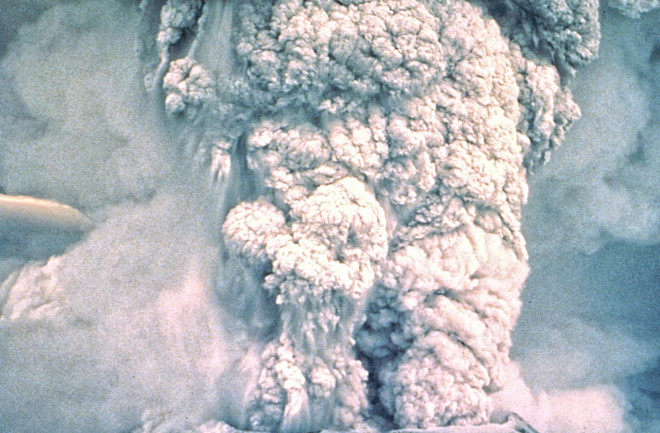For most volcanologists, May 18, 1980 is one of the most important dates in the last century. That morning, Mount St. Helens unleashed the most powerful eruption that the lower 48 states have ever experienced. This blast and the subsequent eruptions that lasted well into the 1980s inspired the growth of modern volcanology in the United States and beyond.
So, after 41 years, you'd think we might know everything there is to know about that fateful day in May 1980. Well, as with all science, you never know everything there is to know. Even after four decades, the sequence of events during the eruption are still being unravelled, all to help us better understand how these highly destructions eruptions work.


